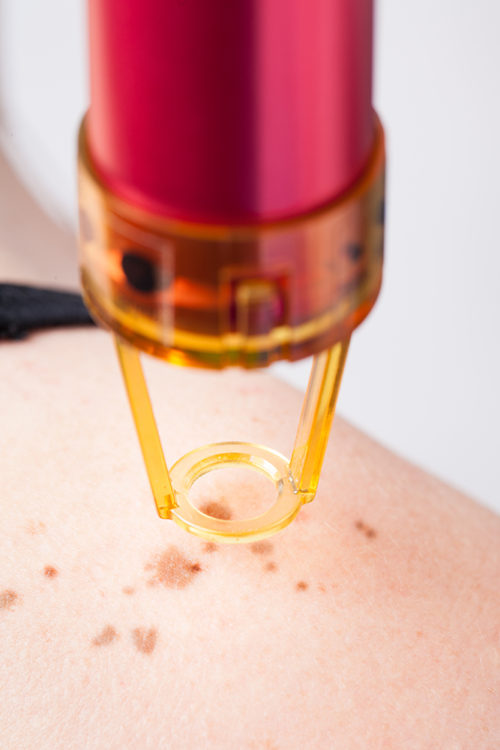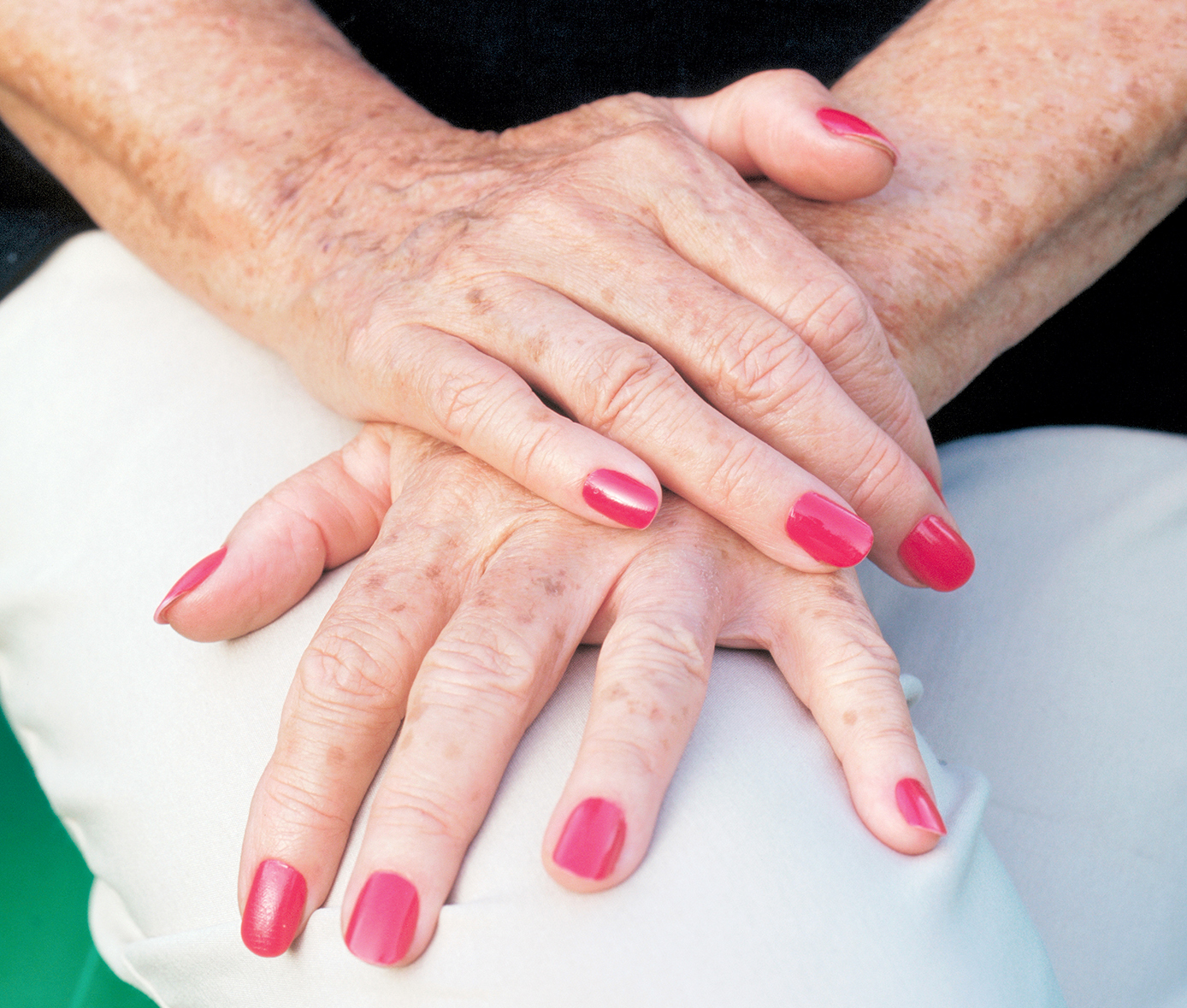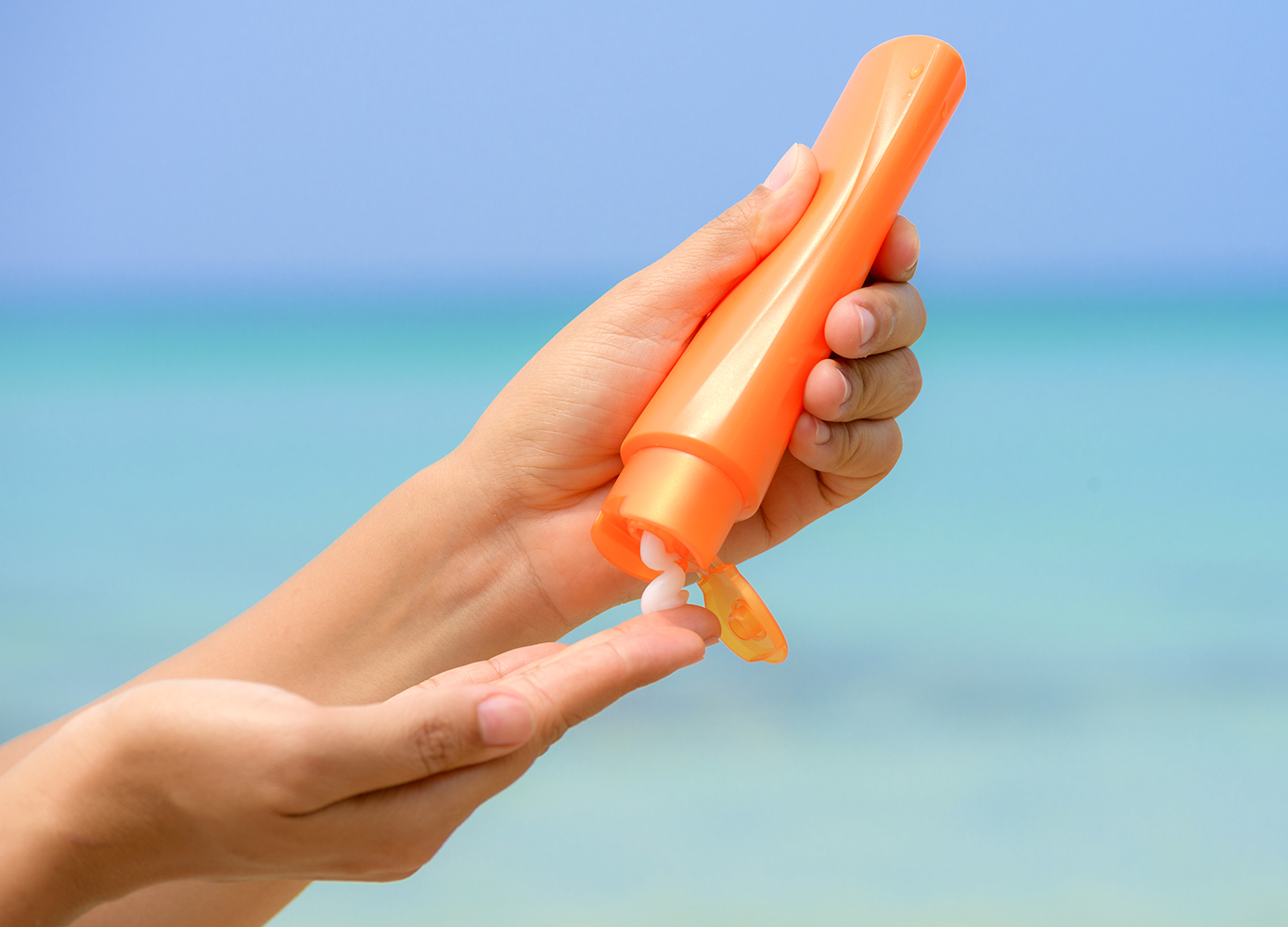You don’t like them, and you don’t have to put up with them
By Lola Augustine Brown
Among the more visible signs of aging are brown spots that can appear on the face, neck, and hands. Commonly known as age spots or liver spots, they are more properly called “lentigines,” or less formally “lentigos” (the singular being “lentigo”), and when they begin to appear, it can be distressing.
“Ninety per cent of my female patients over the age of 35 complain about age spots, but there’s quite a lot that you can do about them, so they aren’t something you have to live with,” says Dr. Julia Carroll, of Compass Dermatology in Toronto.
When we tan, our skin darkens due to the production of melanin. Brown spots form when there is an overproduction of melanin. The reason we get these spots on our arms, faces, and necks is simply that these areas get the most sun exposure over time. If you have a very outdoorsy lifestyle and haven’t been applying sunscreen every day, there’s a good chance you’ll have more of these marks than will a friend of similar age who spends more time inside.
“Some people are genetically more likely to have hyper-pigmentation; those with a lighter skin tone and with blond or red hair and lighter eyes are more prone,” says Nick Dat Ngo, senior research chemist for NeoStrata, a brand that carries several brightening products designed to deal with this issue.
Prevention As a First Step
If you aren’t already using sunscreen every day, then that’s your first step in dealing with the dreaded brown spots.
“If there’s enough light to see your hand in front of your face, you should have sunscreen on,” Carroll says. “Sunscreen use can also lighten brown spots over time because the sun feeds them: by using sunscreen, you prevent triggering the pigment-producing cells in those spots.”
Should you decide to work on getting rid of brown spots, you absolutely must be vigilant with sunscreen after any preventive product or procedure, otherwise you’ll just get more brown spots and undo that hard work. Dr. Jean-François Tremblay, a dermatologist and the medical director of the cosmetic dermatology clinic MédIME in Montreal, says that with just 30 minutes of sun exposure without protection, you risk having brown spots reappear.
Look for products that contain a broad-spectrum sunscreen for maximum protection, and be sure to go for a sun protection factor (SPF) of at least 30. Tremblay recommends using SPFs of 45 or higher if you’re likely to be in the sun a lot (sailors, tennis players, and beach bums, take note). If you aren’t yet a regular sunscreen user, you might be relieved to know that you don’t need to coat yourself in gloopy white creams; these days, it’s easy to find moisturizers and foundations that contain sunscreen and don’t feel any different from products that don’t have them.
Lotions and Potions
Carroll isn’t the only person hearing complaints about these spots. “More than 50 per cent of women in their 40s are affected by brown spots,” Tremblay says. “For women over 60, almost 100 per cent of the population has them.” Cosmetic companies are tuned in to these concerns and lots of money is being pumped into product development to tackle this issue.
The most effective ingredient used to fight lentigines is hydroquinone cream, which you can get as an over-the-counter product that you usually have to ask pharmacists for, Carroll says. You’ll also find hydroquinone used in combination with ingredients such as tretinoin, AHA, and vitamin C, which help reduce pigmentation and aid in the skin’s regeneration. There are many different products available, which you can get by visiting a dermatologist or your local drugstore, and you don’t have to spend a fortune.
(If you have any concerns about the dark spots you have, see a dermatologist, especially if the spots are irregular in shape or variable in colour, as these could indicate melanoma.)
Carroll says that if you use a cream to treat the spots, it will likely take about three months to rid you of them. If you want faster results, a dermatologist will be able to offer a variety of options that vary greatly in price but could allow you to walk out of their office brown-spot-free (and likely looking years younger).
The Big Guns

Photo: iStock/Mkrberlin.
If all you have is a few little spots on the back of your hands, Carroll says, these can be dealt with using cryotherapy, which uses liquid nitrogen to destroy the surface of the lentigines, which then peel off. It’s the same process a doctor uses to remove a mole or skin tag.
For darker spots, you’ll likely need a different kind of treatment. Many medi-spas offer either intense pulsed light (IPL) or broadband light (BBL) treatments for sun-damaged skin, and both can be effective for getting rid of brown spots (and for evening out the complexion and improving radiance, Tremblay says). Though they work in much the same way a laser does (by penetrating the skin), they aren’t as powerful and offer minimal downtime. “Broadband light also gets rid of any broken blood vessels and redness, so you get a two-for-one with that,” Carroll says.
There are people for whom these less aggressive treatments won’t work as well, and if you’re one, you’ll likely need a resurfacing laser treatment instead. These latter treatments are more intense and may require longer recoveries. How many sessions you may require with any of these treatments depends on several factors, such as the severity of the issue, your age, and your tolerance for social downtime.
“If you say, ‘I have nothing on for the next week,’ you may be able to get it done in one go. If not, you may need more than one session,” Carroll says. At Compass Dermatology, a session with a resurfacing laser is $1,250, which includes the price of products for aftercare.
Whichever option you decide would work best for you, take heart that you can do something about those brown spots, and know that you aren’t alone in having—or hating—them.






